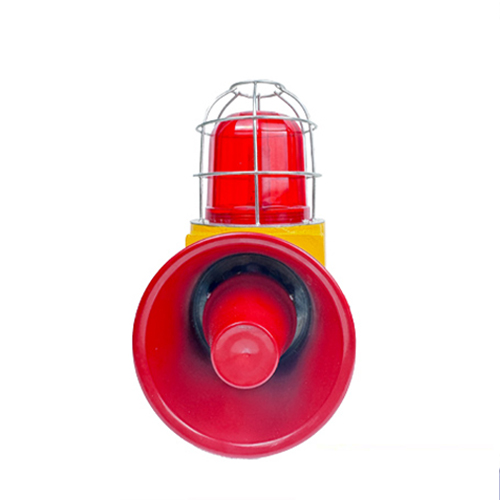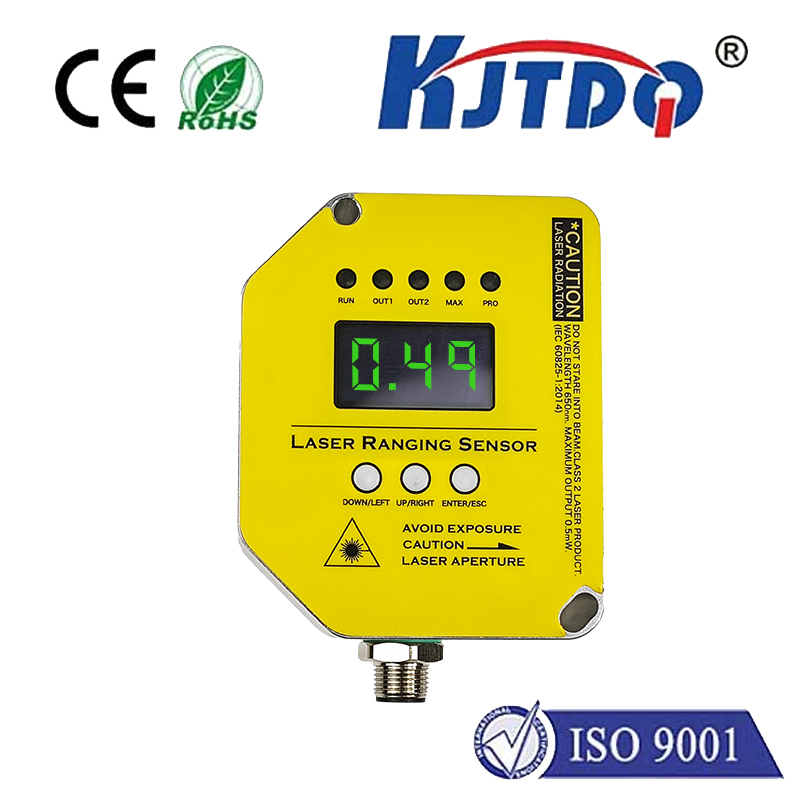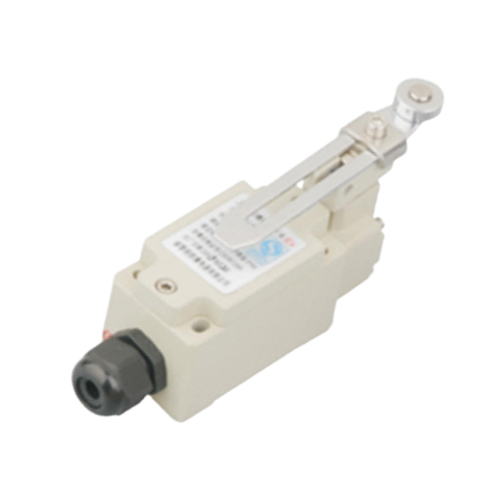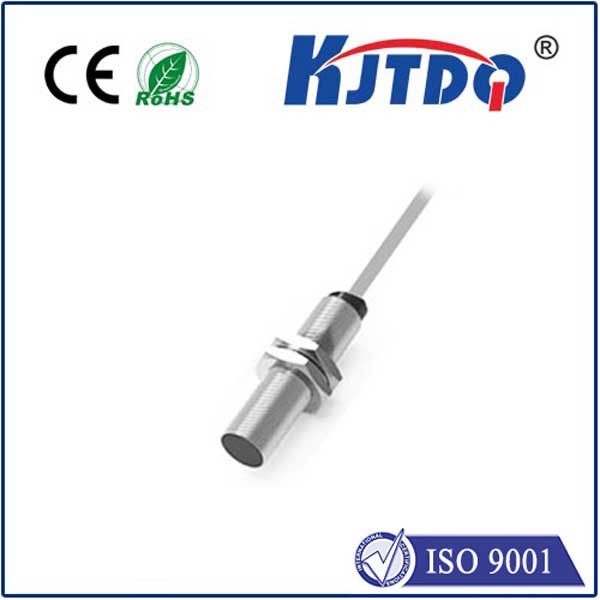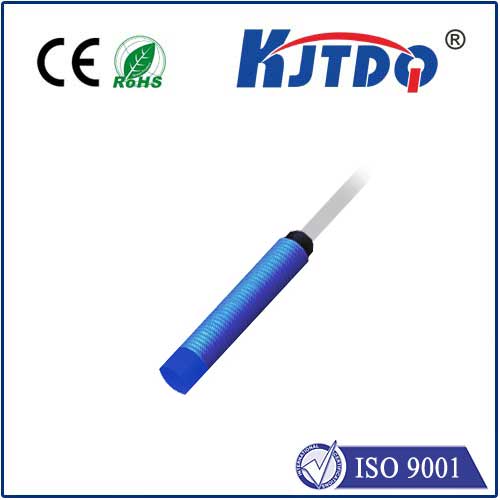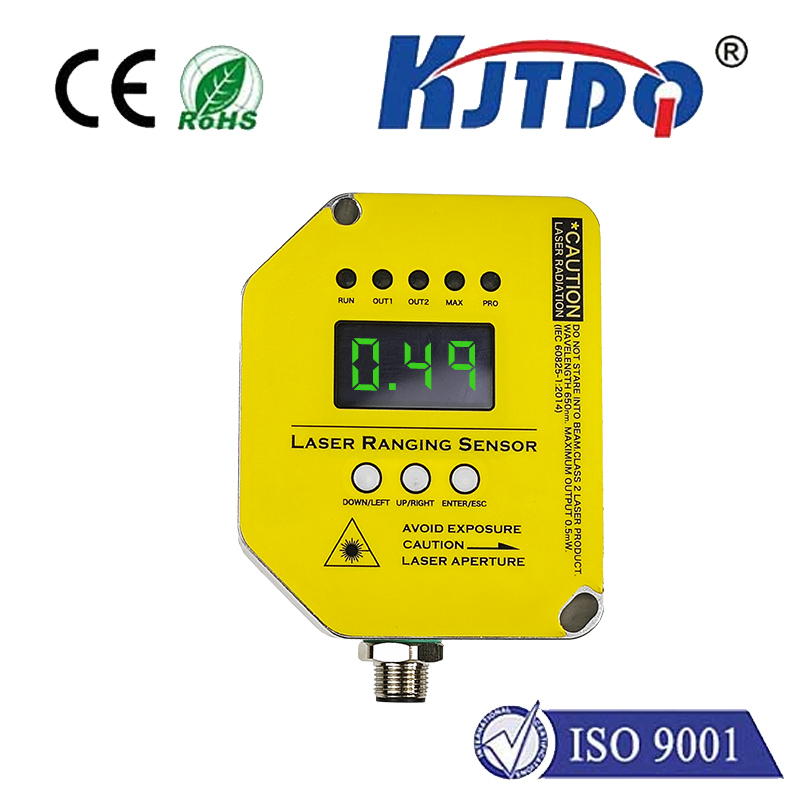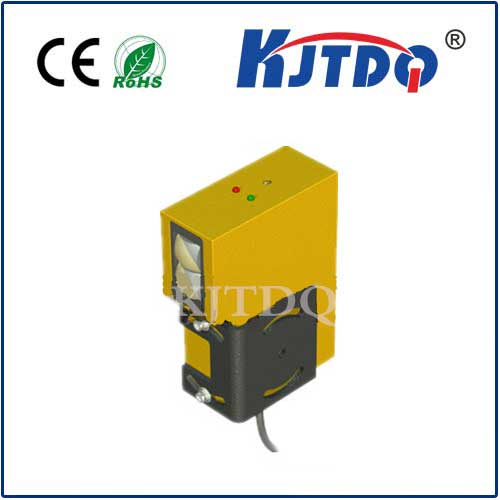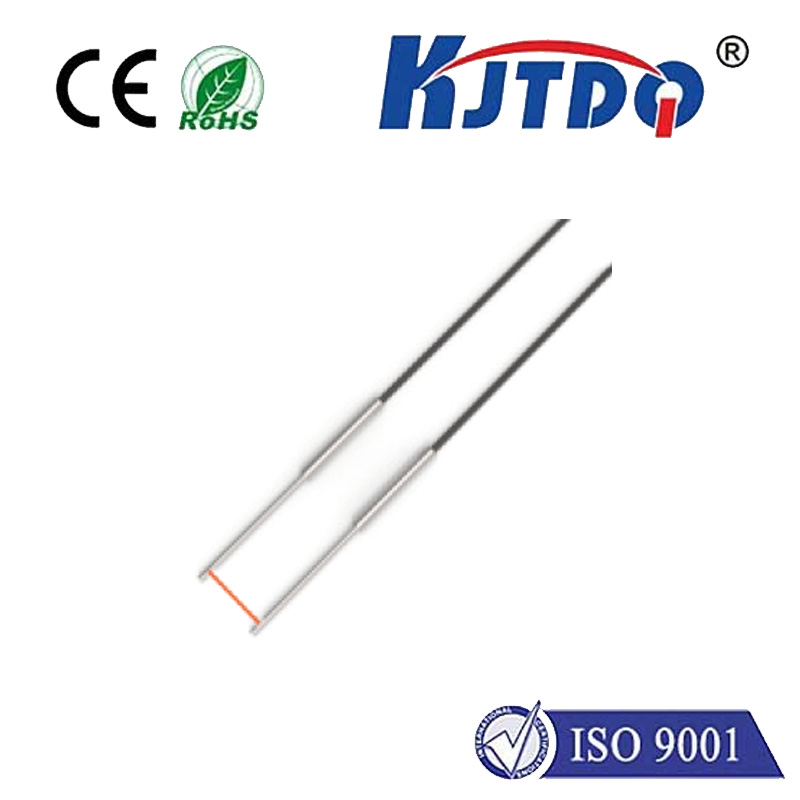temperature gauge types
- time:2025-08-22 03:37:02
- Нажмите:0
Beyond the Mercury: Navigating the World of Temperature Gauge Types
Temperature. It’s the silent dictator of countless processes, from keeping your engine purring to ensuring your chocolate sets perfectly. Accurately measuring it isn’t just convenient; it’s often critical for safety, efficiency, and quality across industries and even our daily lives. But step up to the task of choosing a temperature gauge, and you’re met with a bewildering array. How do you know which instrument is the right fit? Understanding the fundamental types of temperature gauges is the essential first step.
Why such Variety?
The sheer diversity stems from one core fact: different situations demand different solutions. Factors like the required accuracy, temperature range, response speed, environment (harsh chemicals, high pressure, vibration?), accessibility to the measurement point, installation complexity, and budget all influence the ideal choice. There’s no universal “best” gauge – only the most suitable one for a specific application.
Delving into the Main Categories

We can broadly categorize temperature gauges based on their operating principle:
- Mechanical Gauge Types: These stalwarts rely on physical changes induced by temperature.
- Bimetallic Thermometers: A classic and often cost-effective choice. Inside, two different metals bonded together coil or uncoil as temperature changes. This mechanical movement is magnified to drive a pointer across a dial. Pros: Rugged, self-contained (no power needed), reasonably priced, often highly visible. Cons: Moderate precision, potential for mechanical wear over time, slower response than some electronic types. Применение: Ideal for dashboards (vehicles, machinery), HVAC systems, general process monitoring where extreme accuracy isn’t paramount.
- Liquid-in-Glass Thermometers: The iconic thermometer, using the expansion/contraction of mercury or colored alcohol within a capillary tube against a graduated scale. Pros: Simple, relatively inexpensive, versatile for lab and spot-check use. Cons: Fragile glass, potential for mercury hazards (less common now), difficult to read from a distance or record data, limited application in high-pressure systems. Применение: Laboratories, medical use (clinical thermometers), educational settings, basic cooking thermometers.
- Liquid-in-Metal Thermometers / Filled System Thermometers: Similar concept to liquid-in-glass, but encapsulated for industrial use. A temperature-sensitive fluid expands within a bulb connected via capillary to a Bourdon tube gauge. The fluid pressure drives the pointer. Pros: Robust construction, suitable for higher pressures and remote installation (capillary allows the gauge dial to be mounted away from the bulb), reasonable accuracy. Cons: Potential for capillary damage affecting calibration, slower response than electrical sensors, potential lag if capillary is long. Применение: Industrial process monitoring (refineries, chemical plants, power generation), remote sensing locations.
- Electrical Temperature Gauge (Sensor) Types: These devices convert temperature into an electrical signal, which is then displayed. They are ubiquitous in modern monitoring and control systems.
- Thermocouples (TCs): Among the most widely used industrial sensors. They generate a small voltage proportional to the temperature difference between two junctions of dissimilar metals. Pros: Wide temperature range capabilities (some types exceeding 2300°C!), robust, relatively low cost for basic types, versatile, small size allows fast response. Cons: Require a reference junction (“cold junction”) compensation, lower absolute accuracy compared to RTDs, signal amplification often needed, potential for drift over time. Применение: Furnaces, engines, gas turbines, kilns, exhaust systems – anywhere high temperatures or ruggedness are key.
- Resistance Temperature Detectors (RTDs): Rely on the predictable change in electrical resistance of pure metals (usually platinum) with temperature. Pros: High accuracy and stability, excellent repeatability, relatively linear response. Cons: More expensive than thermocouples, slower response time, larger size than TCs, self-heating effect needs management. Применение: Precision laboratory measurements, industrial process control demanding high accuracy, pharmaceutical manufacturing, food processing.
- Thermistors: Similar to RTDs in principle but use ceramic semiconductor materials that exhibit a large, non-linear change in resistance with temperature. Mostly Negative Temperature Coefficient (NTC) types are used for sensing. Pros: High sensitivity (large resistance change per degree), fast response time, small size, low cost. Cons: Non-linear output, limited temperature range (typically -100°C to +300°C), fragile, more susceptible to self-heating errors than RTDs. Применение: Medical devices, consumer appliances (ovens, coffee makers), battery temperature monitoring, HVAC controls, circuit protection.
- Integrated Circuit (IC) Sensors: Modern semiconductor chips that provide a linear voltage or digital output directly proportional to temperature. Pros: Highly linear output, ease of integration (often include signal conditioning), low cost, good accuracy for their range. Cons: Limited temperature range (typically -55°C to +150°C), slower response than bare thermistors. Применение: Consumer electronics, computer systems monitoring, environmental monitoring, automotive electronics.
- Non-Contact (Infrared) Temperature Gauges: Pyrometers or IR thermometers measure the thermal radiation emitted by an object without physical contact.
- Pros: Measure moving, hazardous, hard-to-reach, or very hot objects instantly; fast response; avoids contamination risk. Cons: Accuracy highly dependent on surface emissivity (requiring settings or correction); sensitive to intervening atmosphere (dust, steam); measures surface temperature only; generally less precise than contact methods. Применение: Predictive maintenance (checking bearings, electrical connections), moving webs (paper, metal), food safety checks (surface temps), medical screening, R&D.
- Chemical and Phase-Change Indicators: Simple, often disposable devices.
- Temperature Labels/Tapes/Pellets: Contain materials that change color irreversibly at specific temperatures. Thermoscopic crayons/chalks: Melt at specific temperatures. Pros: Inexpensive, simple visual indication, record peak temperature reached. Cons: Typically low accuracy (±1°C or more), one-time use only, slow response. Применение: Verifying sterilization cycles, monitoring shipment temperatures (cold chain), overheating warnings on engines/equipment.
Choosing the Right Tool: Beyond the Type List
Selecting the optimal temperature gauge involves asking key questions:
- Required Accuracy & Range: How precise do you need to be? What are the min/max temperatures involved?
- Response Time: How quickly do you need a reading?
- Environment: Is there vibration, pressure, corrosive chemicals, moisture, or electrical noise?
- Installation & Mounting: Can you make direct contact? Is space limited? How far is the display from the sensor?
- Output Requirements: Do you need a local dial display, a voltage/current signal for control, or digital data logging?
- Cost & Lifecycle: Initial cost vs. longevity vs. calibration/maintenance needs.
The Gauge in Your Hand
From the humble glass tube guiding your baking to the sophisticated infrared camera spotting an electrical fault, the world of temperature gauge types offers a solution for virtually every thermal measurement challenge. Bimetallic strips reliably turn on your car’s cooling fan, while RTDs ensure lab samples react at precisely the right temperature. Термоэлектрический термометр withstand the inferno of a jet engine,

